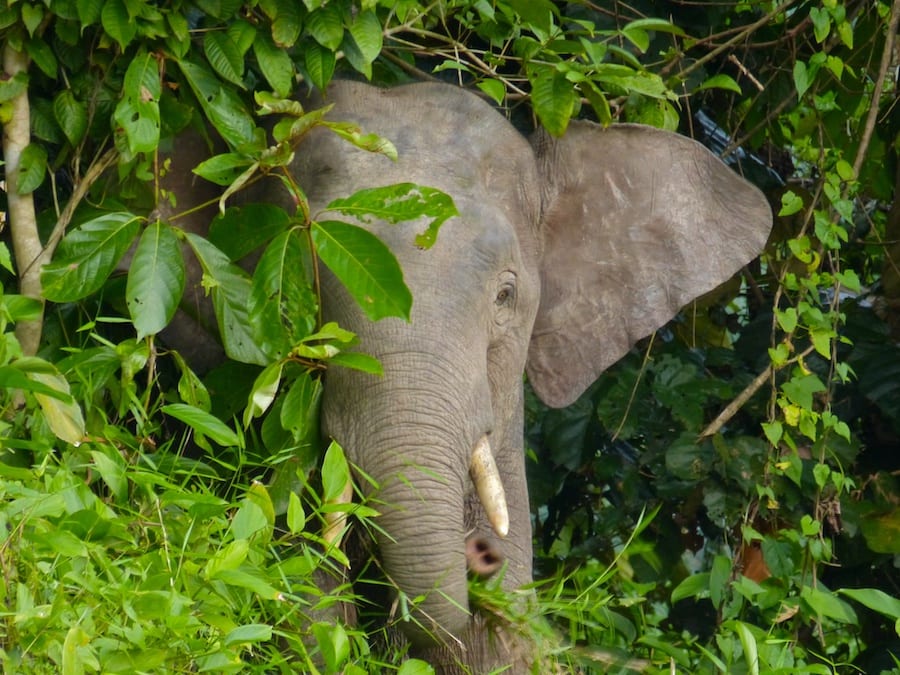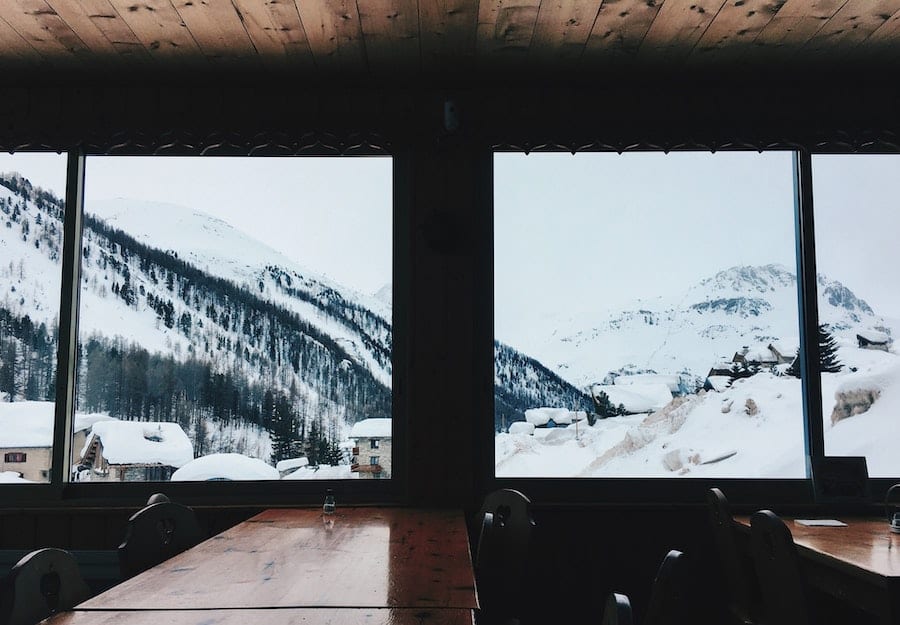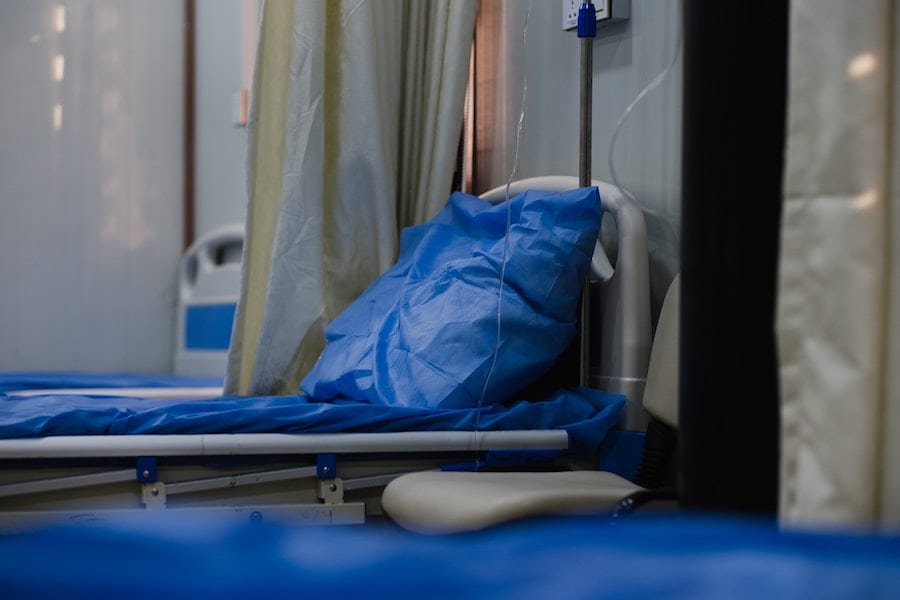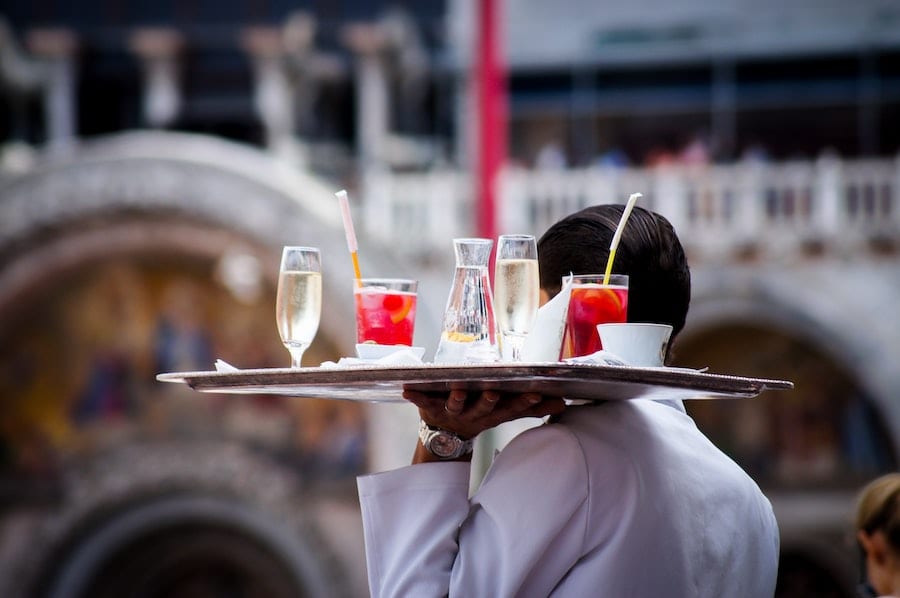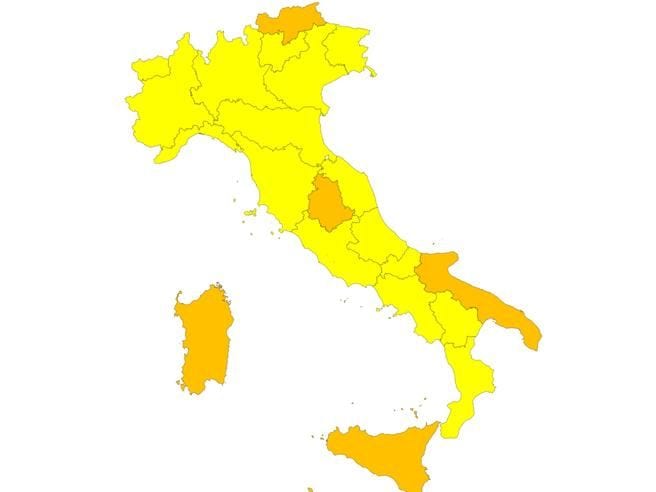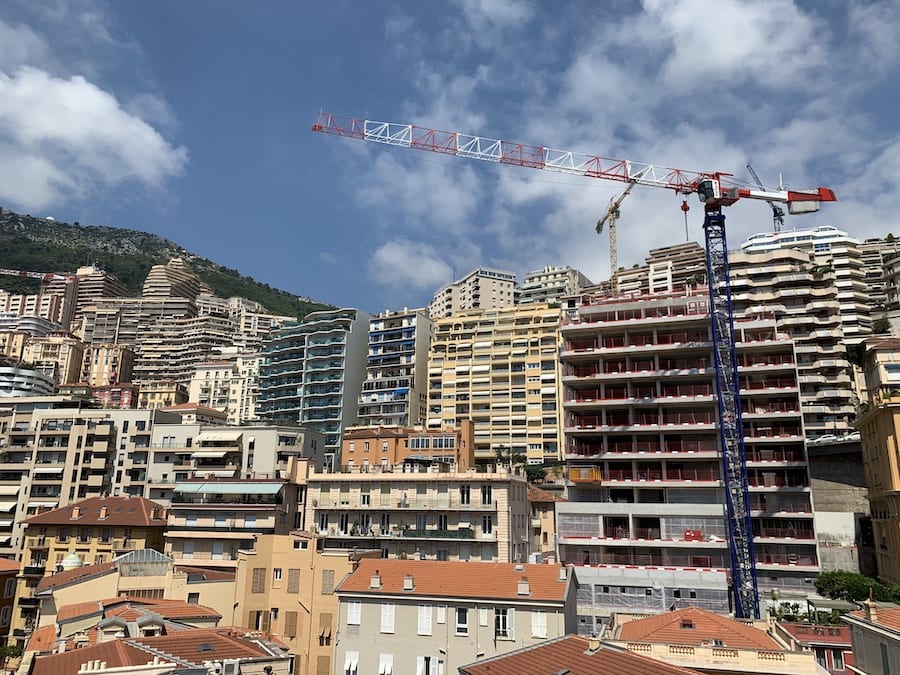Borneo Wildlife Preservation (BWP) is holding a luncheon to raise awareness and funds for the protection of the endangered Borneo Pygmy Elephant on 11th February at the Fairmont Hotel.
It is fair to say that there is still plenty of space in everyone’s social calendars at the moment. So, why not join in a fun lunch for a good cause this February?
The charity lunch will be hosted by animal trainer and behaviourist, and Monaco Life contributor, Katerina Pirelli. It is being held in the private Salon Mistrau of the Fairmont Monte Carlo in partnership with Club Vivanova.
Bornean elephants are the smallest Asian elephant subspecies and are distinctly littler than their mainland cousins, standing at a full three feet smaller. Located in Indonesia and Malaysia, the Borneo Pygmy Elephant is also far ‘gentler’ than the Asian or African elephants, and has oversized ears, plump bellies, and long tails.
Sadly, there are now fewer than 1,500 left in the wild. The WWF cites the main reasons for the Pygmy Elephant’s population decline as habitat loss, habitat degradation and fragmentation, and rising human-elephant conflict. Tragically, in 2017, it was found that even these tiny remote elephants are also subject to poaching for their ivory tusks.
Thursday’s charity lunch will include presentations from BWP President and Founder Katerina Pirelli, as well as Christian Moore, film producer and founder of Global Environment Media.
Lunch will be followed by a charitable tombola with many prizes including a luxury half-day private yacht cruise, dinner for two at Rampoldi Monte Carlo, and private beach brunch for two at the Meridien Beach Plaza.
Due to the current restrictions, attendees must be Monaco residents, nationals, employees, hotel guests or have a professional attestation to show they are attending for legitimate business purposes (to be approved by Club Vivanova). Special Fairmont room rates are available on request.
Monaco Life is proud to be a sponsor of this important event.
To book tickets, visit: https://www.clubvivanova.com/events/11feb2021
Related stories:
Interview: Bob Lee, elephant manager
Photo by Bernard Dupont, Kinabatangan River, Sukau, Sabah, Malaysia
